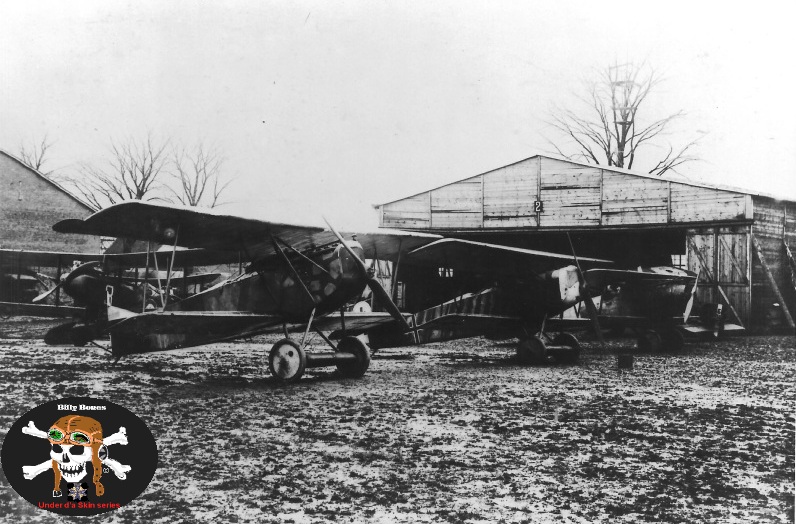Here is a good bit on Heinz von Beaulieu-Marconnay.
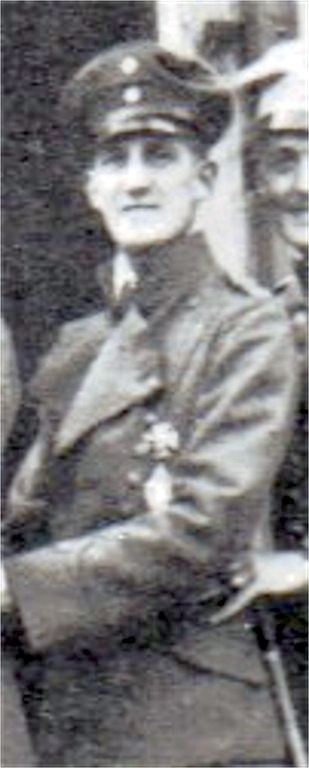 http://www.uh.edu/engines/epi1144.htm
http://www.uh.edu/engines/epi1144.htm"Today, the last vestige of fictional war. The University of Houston's College of Engineering presents this series about the machines that make our civilization run, and the people whose ingenuity created them.
November 9, 1918, two days before the WW-I Armistice. The place, a tiny American airstrip near Verdun -- some sheds and three pilots playing cards. One of those pilots later became Governor of Maine, another, Vice President of Eastman Kodak. Now they hear a sputtering engine. A Fokker D.VII drops out of the low gray clouds and lands. They run out with pistols drawn and capture the German pilot. He's Heinz von Beaulieu-Marconnay, a Huguenot aristocrat. They invite him in for a collegial shot of cognac before they send him off to be processed. It remains unclear why he'd landed there.
The Fokker D.VII was eventually boxed up and sent to America. It wound up in the Smithsonian Institution. In the 1970's the museum restored it to its 1918 condition -- including a mysterious marking on its side: the letters U.10 painted three feet tall.
I was studying in the Smithsonian back in 1970 and was given the task of writing a museum label for the plane. I knew the Fokker D.VII was the best German fighter plane of the war. But what on earth did U.10 stand for? As I looked, the plot thickened. Two weeks before the Armistice, the pilot's brother, a German ace named Oliver von Beaulieu-Marconnay, died of wounds after he was shot down. His plane had carried the equally mysterious letters, 4D.
And why had Heinz landed? Was he broken by his brother's death - saving himself by surrendering? That was current Smithsonian thinking. I went looking for the meaning of the insignia and for the circumstances that'd brought Heinz's plane to an Allied airstrip on that overcast day late in the war.
I located the now-aging American interrogator who'd talked with the pilot just after he'd landed. It turns out they'd become close friends. After th e war he'd been godparent to the flyer's children. As to defection? Not a chance. The pilot was lost, his engine was dying and the Allied planes were in their hangars. After the war Heinz became an important figure in the Luftwaffe. He was captured again in WWII and died in a Russian concentration camp.
I also found the pilot's children. His daughter was living on Long Island. His son did drafting for Messerschmitt. Neither could say what Heinz's U.10 or Olivier's 4D stood for. Finally the daughter wrote to her aunt who said both boys had joined the cavalry when war broke out. Olivier went to the Fourth Dragoons, hence the 4-D. Heinz had ridden with the Tenth Uhlans. When they had the chance to fly, they took their cavalry insignias with them.
So my quest had taken me into a twilight zone, a last vestige of 19th century views of war, the thin tissue of a chivalrous war, a gentleman's war, a war that never was. Soon after the Armistice my father, also a pilot, flew over the empty trenches of Verdun. He wrote home about terrible destruction, far as the eye could see. He saw no chivalry, no shots of cognac, down there. This war, like all wars, had really been about killing people. I'd only caught a glimpse of a few decent people -- trying to make it otherwise.
I'm John Lienhard, at the University of Houston, where we're interested in the way inventive minds work."
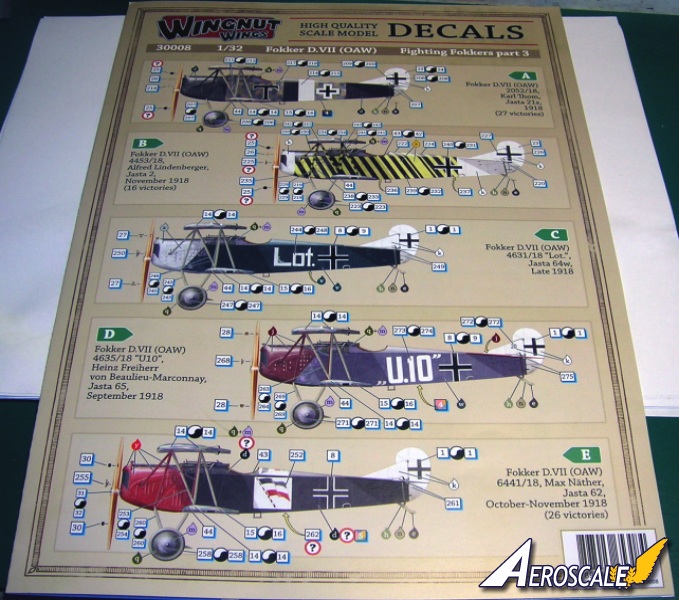







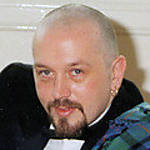


---4453~18---after---the---Armistice---(0569-036).jpg)
---4453~18---after---the---Armistice---view---a---(Greg---Van---Wyngarden).jpg)
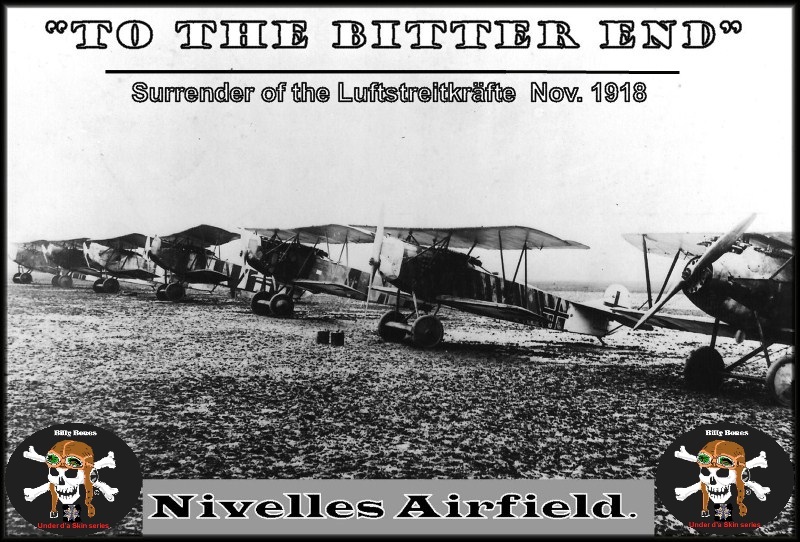
---4453~18---after---the---Armistice---view---b---(Greg---Van---Wyngarden).jpg)

---4453~18---with---Alfred---Lindenberger---in---the---cockpit---(0154-04).jpg)
---4453~18---after---the---Armistice---view---c---(Greg---Van---Wyngarden).jpg)
